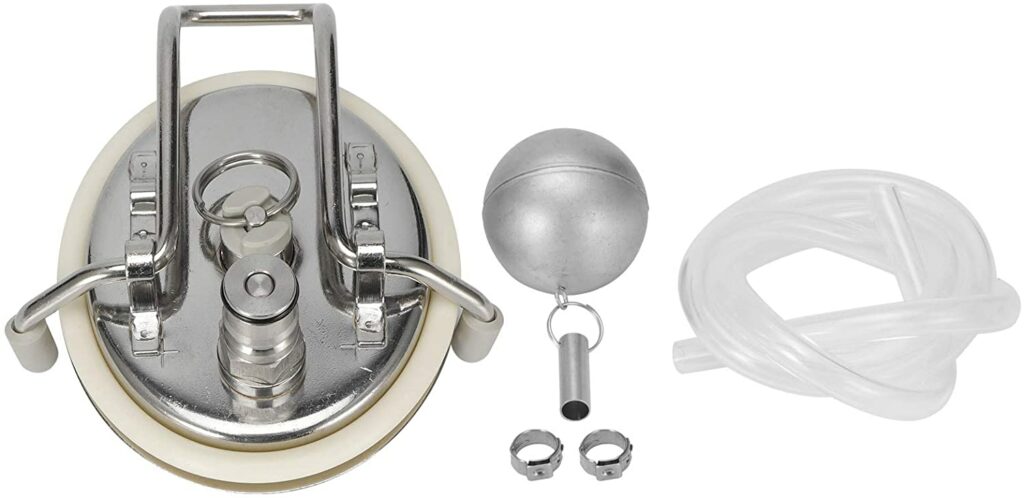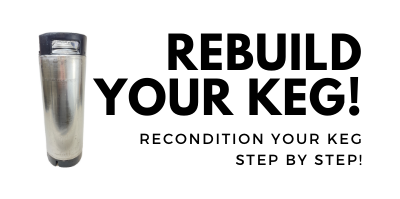
Ball Lock Post Equipped Lid + Floating Dip Tube
Bigking Brew Keg Lid,Stainless Steel Homebrew Carbonation Keg Lid with Beer Tube Floating Ball for Kegland Kegs
More InfoFrom the product description, check product page for current description, price and availability:
- 【Structural Features】With O‑ring and pressure relief valve, with good sealing performance, can hold pressure without leaks.
- 【For Your Convenience】Labor‑saving design of safety relief valve, no need to keep lifting when deflated, just lift once and rotate 90° to continuously deflate.
- 【Selected Materials】High‑quality 304 stainless steel material, high hardness, strong and durable.
- 【Save Installation Time】It is compact and portable, easy to install and use, large handle makes installation easier .
- 【Indispensable】Exquisite workmanship, long service life, which is a practical home brewing accessory.
- Works on Pin Lock AND Ball Lock Kegs! One difference between Pin Lock and Ball Lock kegs is the type of lids that come with each. Ball Locks, generally, have a manual PRV valve, while Pin Locks do not. Ball Lock style lids are, in my opinion, superior because the manual PRV allows you to easily vent your keg as needed. The good news is that, for standard kegs, the lids are the same size and can be interchanged. That means you can use a Ball Lock style lid in a Pin Lock Keg.
- Related: What’s the Difference Between Ball Lock Kegs and Pin Lock Kegs?
- Rebuild Your Kegs! Rebuilding & Reconditioning Homebrew Kegs! – step by step process for rebuilding & reconditioning homebrew kegs
Bigking Brew Keg Lid,Stainless Steel Homebrew Carbonation Keg Lid with Beer Tube Floating Ball for Kegland Kegs – affiliate link, note that multiple variations of this product may be available, as such a different version may appear at this link
My explanation of how floating dip tubes work…
When we carbonate a keg, pressure is being applied to the keg from the top, via the head space. Beer at the top carbonates first. That carbonation works it’s way down the keg. I’m sure there’s also some movement in the keg that helps to mix things up and distribute carbonation. But just sitting there, I think that mixing is a slow process. However it all works, practically speaking, the beer at the top carbonates more quickly compared to the beer at the bottom. This allows you to serve from the top accessing the more carbonated portion of the keg. It’s also a benefit for clarity because trub settles out heading downward. You can see this stratification in a glass carboy. As the beer starts to clear, the top clears first. I don’t think if this is exactly accurate, but I picture carbonation happening with the same sort of stratification until the beer reaches equilibrium and is equally carbonated throughout.
Also: Kegerator Tips & Gear | Keg Repair Part #s | Recent Keg Finds
Our Top Draft Resources This post contains affiliate links. We may make a commission when you use our Amazon links. This will never cost you extra. Thank you for supporting Homebrew Finds!


